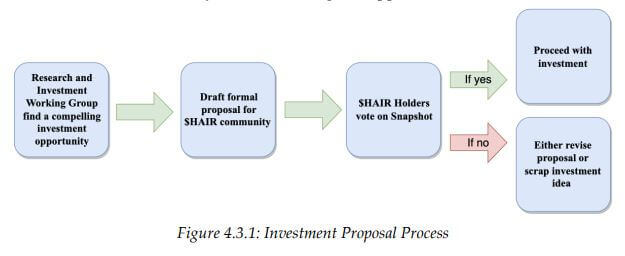A very interesting article that explores the difference between hair rejuvenation and hair cloning (or hair multiplication) was published yesterday. The interview itself took place “a little while ago”.
The article author interviewed Dr. Bessam Farjo (highly optimistic), Dr. Sara Wasserbauer (optimistic) and Dr. Antonella Tosti (more cautious). Both Dr. Farjo and Dr. Wasserbauer are associated with HairClone (UK), a company that I have covered on this blog since 2016. Currently, HairClone is only banking your hair follicles for future cell cloning. They aim to begin “cell expansion services” in 2022.
Hair Rejuvenation of Dermal Papilla Cells versus Hair Cloning
What I find interesting in this article is that for the first time that I can recall, a clear distinction is made between hair cloning and hair rejuvenation. The latter is undertaken via the “hair cloning” of dermal papillae and injection into thinning scalps.
According to Dr. Sara Wasserbauer, actual hair cloning (i.e. making a brand new follicle in the lab that then regenerates itself in a regular hair cycle) is still 10-20 year away. However:
“What is imminent is the cloning of dermal papillae cells, which serves to thicken existing thinning hair.”
Dr. Wasserbauer is discussing Hairclone’s technology here. Some would still call the replication of dermal papilla cells in the lab to be hair cloning or hair multiplication. However, in this article, they imply a better phrase to be “hair rejuvenation” or even “hair regeneration”.
- Dr. Farjo (UK) thinks that HairClone’s procedure could be available to patients as early as the end of 2022/beginning of 2023.
- Dr. Wasserbauer (US) thinks 2025/2026 is more likely, “barring any further Covid-related delays”.
However, Dr. Tosti seems skeptical:
Some experts, however, doubt the imminence of this technology. “The idea is there — to introduce stem cells into the follicle to increase the population of dermal papillae in order to grow thicker hair — but this is not happening right now,” says Dr. Tosti. “The published papers didn’t show that. It’s far from being close in clinical studies.”
One caveat is that the UK has favorable regulations that I have mentioned several times in the past. So this autologous cell injection procedure can be tested on patients in clinical settings under doctor supervision. With no published papers or clinical trials necessary.
According to the article, the most suitable candidates will be those who have not gone completely bald yet. It seems like even if you have some remaining hair in the permanent donor area, the procedure might be the wrong choice if you are completely bald in the rest of your scalp.
In general, you can expect significant thickening of existing thinning hair if HairClone’s procedure works. Perhaps they can improve on the results with more experience and also help Norwood 6 level bald men down the road?
Repeat Cell Injection Treatments Required
Note that HairClone’s procedure may be necessary up to three times over the course of a 10-year period. This is because male pattern hair loss and female pattern hair loss are both progressive conditions.
Because this procedure is not yet US FDA approved, the stem cell injections will initially have to take place in the UK. The FDA will possibly grant approval to store tissue at US storage facilities sometime in 2022.
The combined cost for banking, storage and injection will likely be on par with that of a hair transplant.
